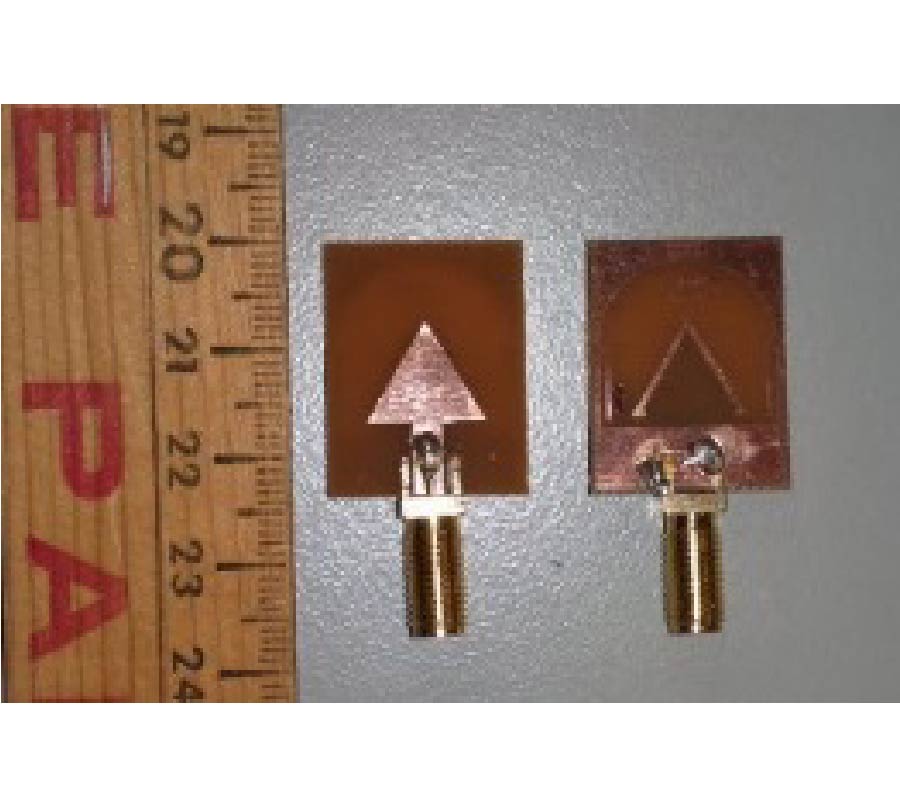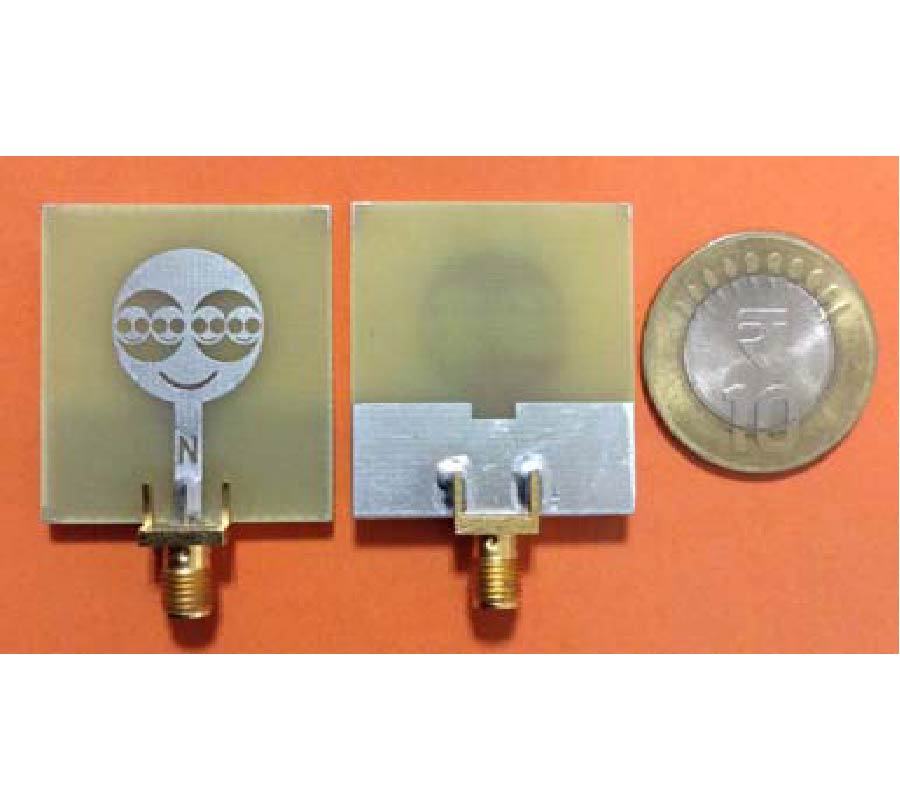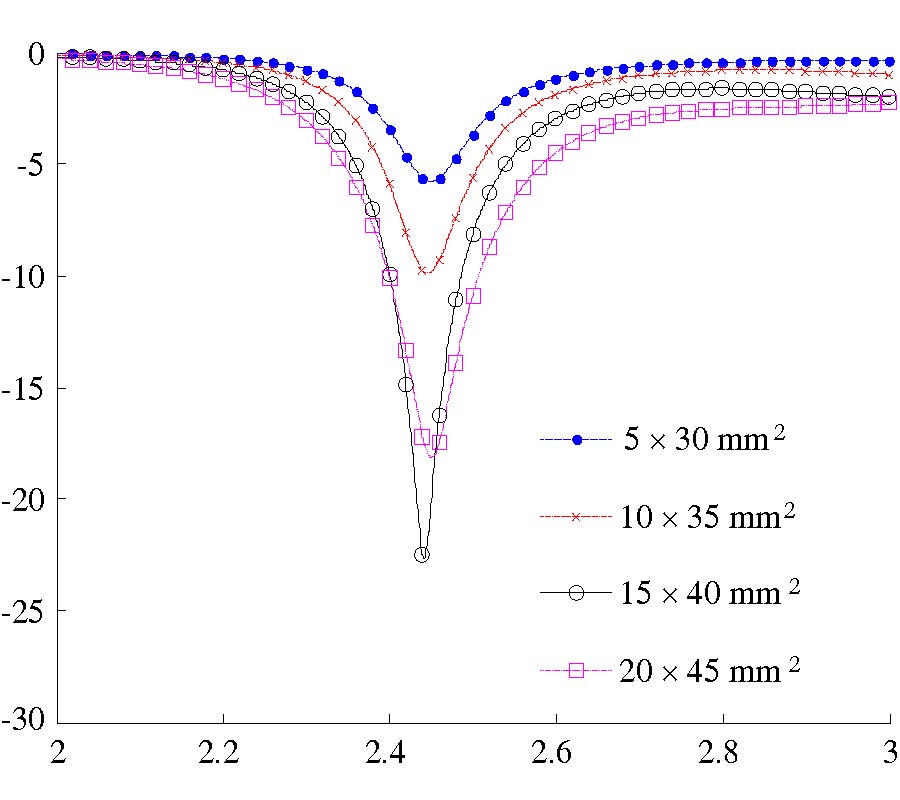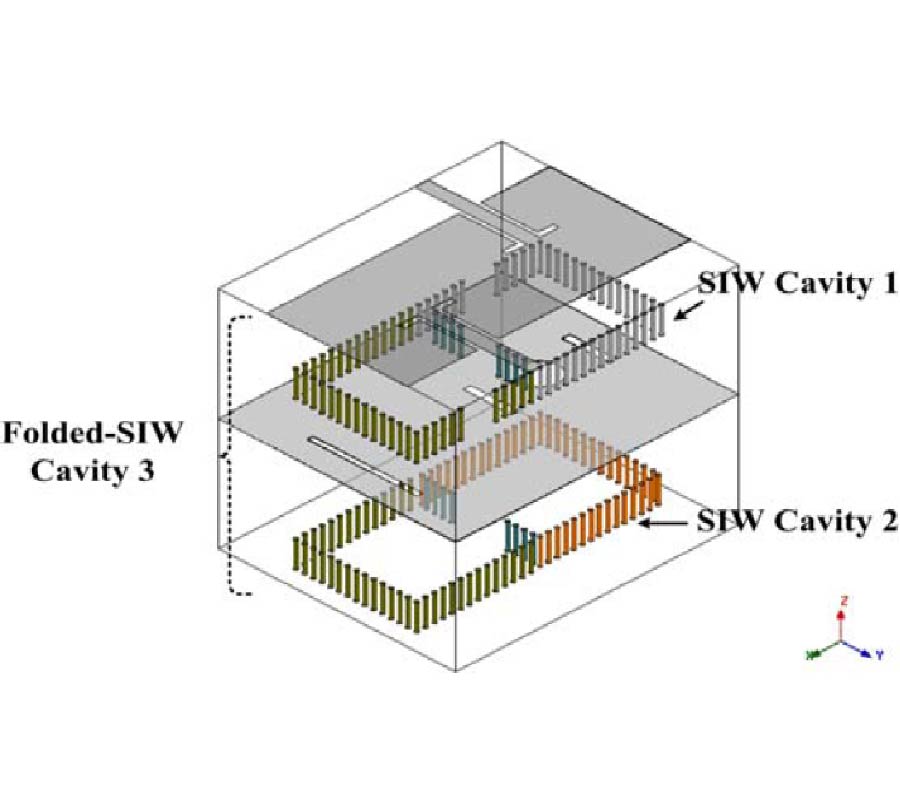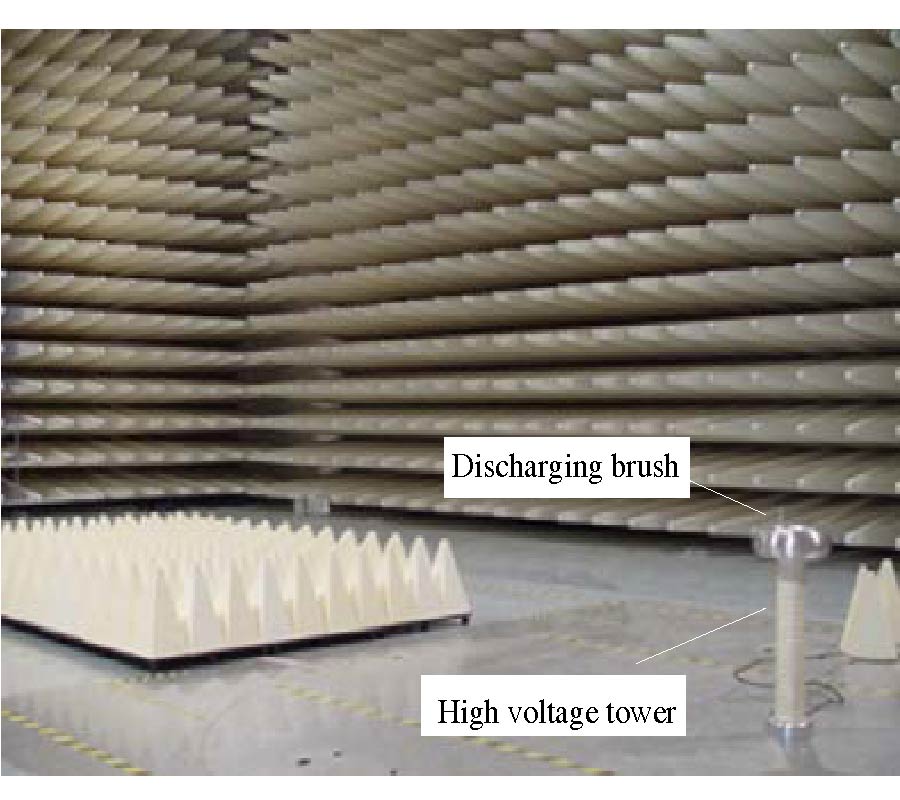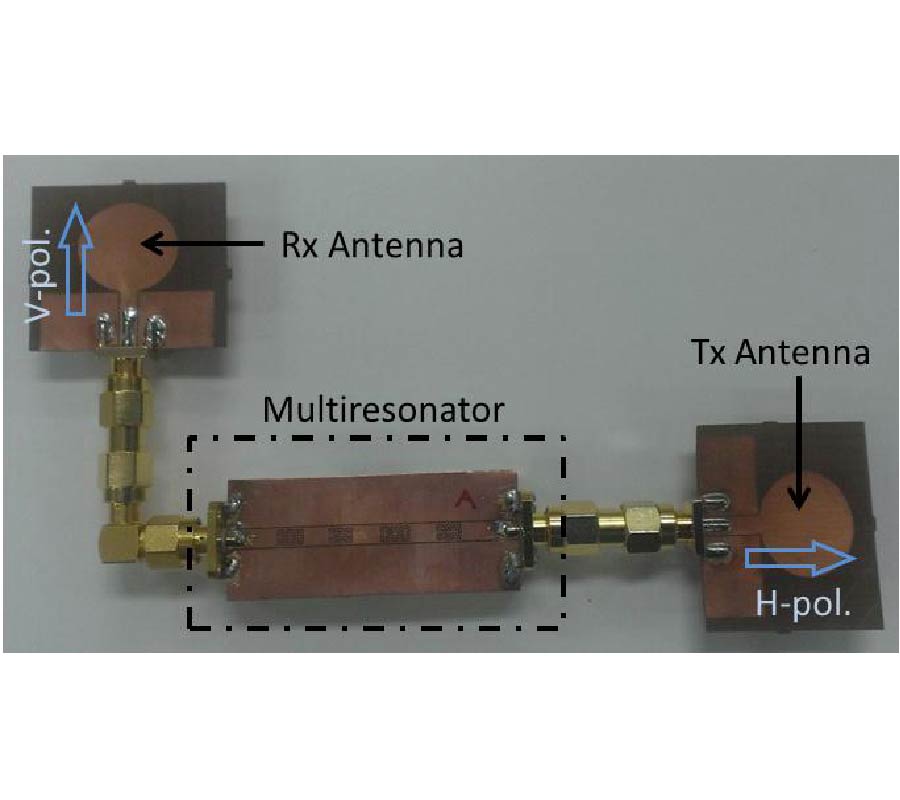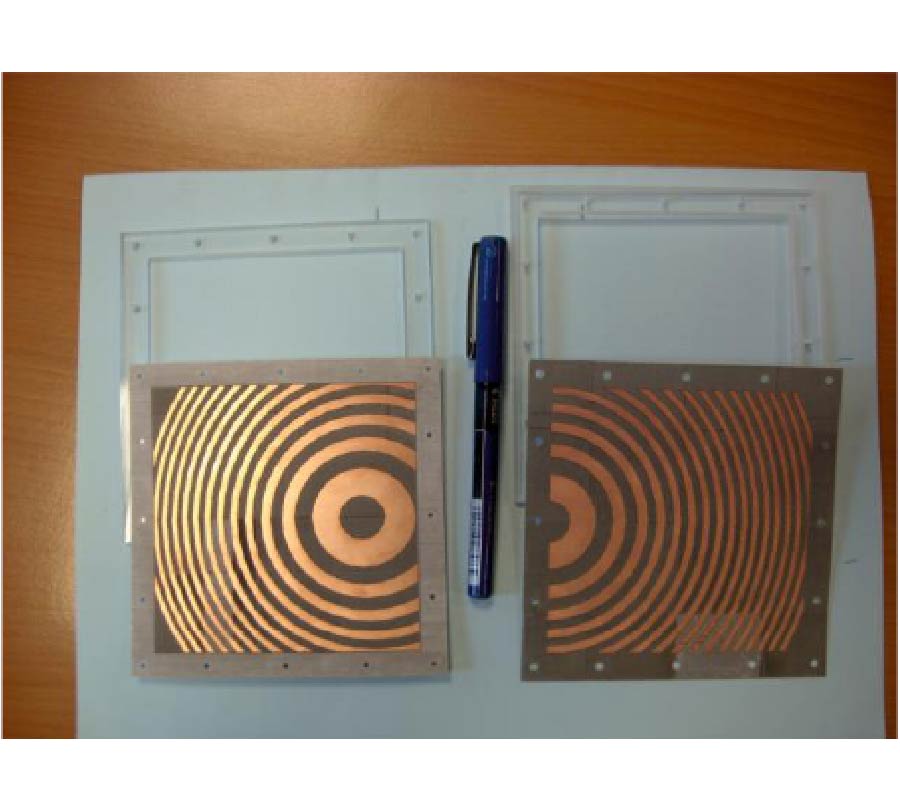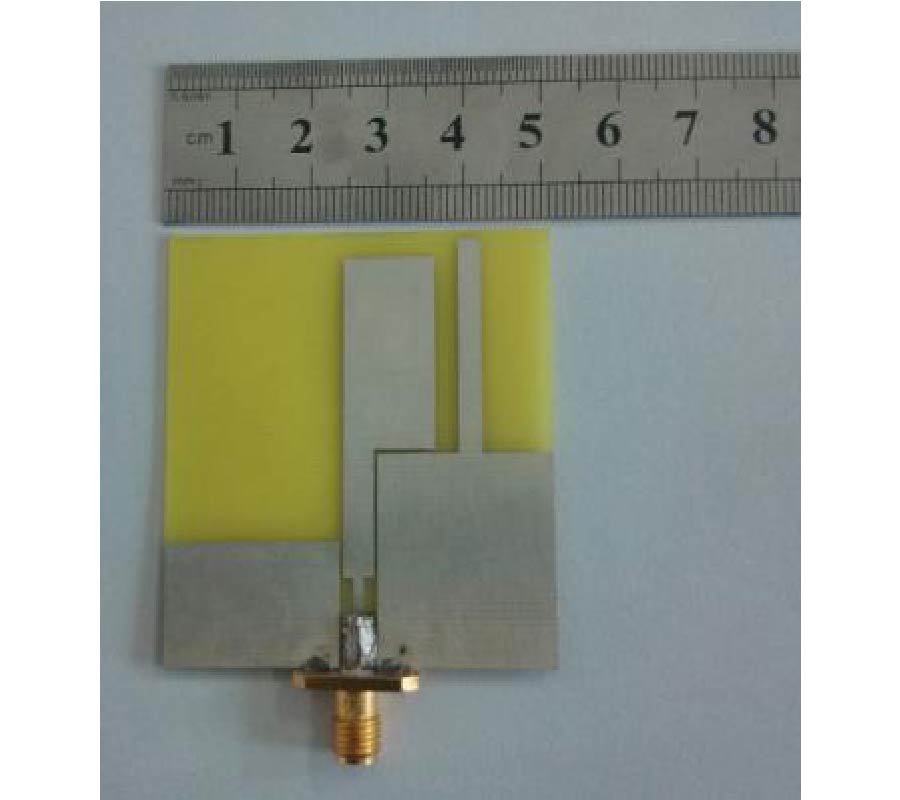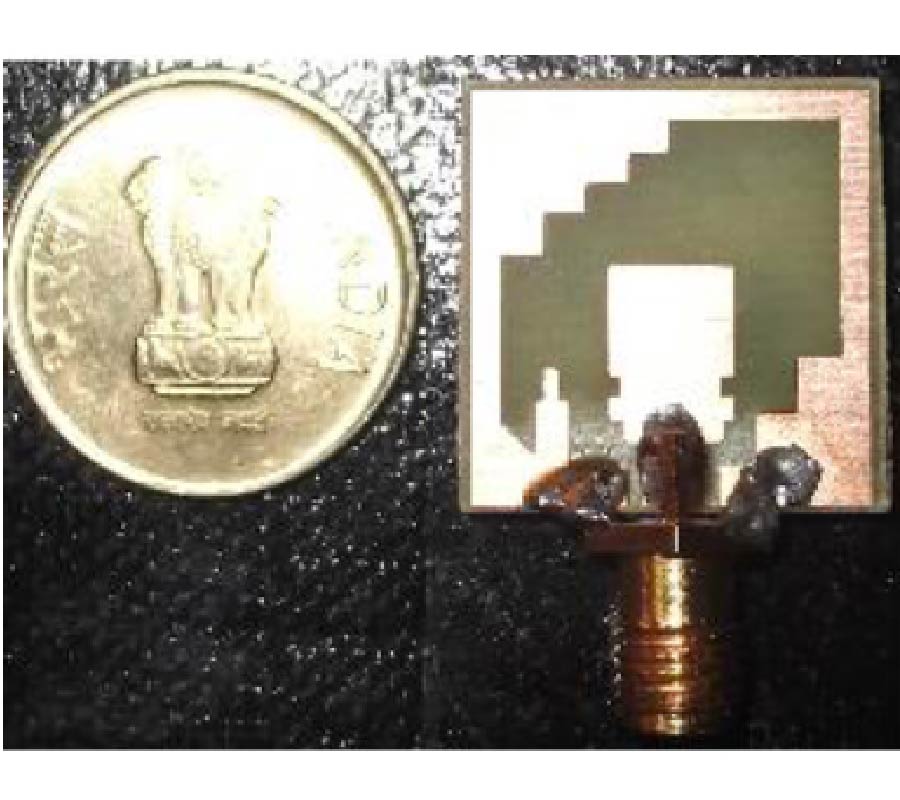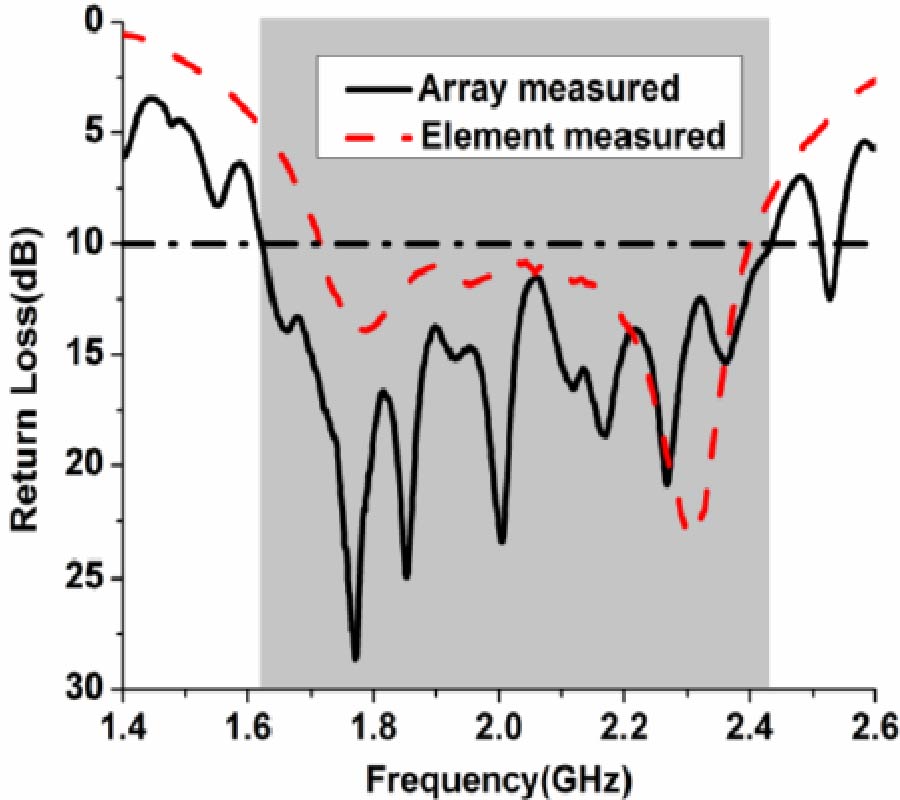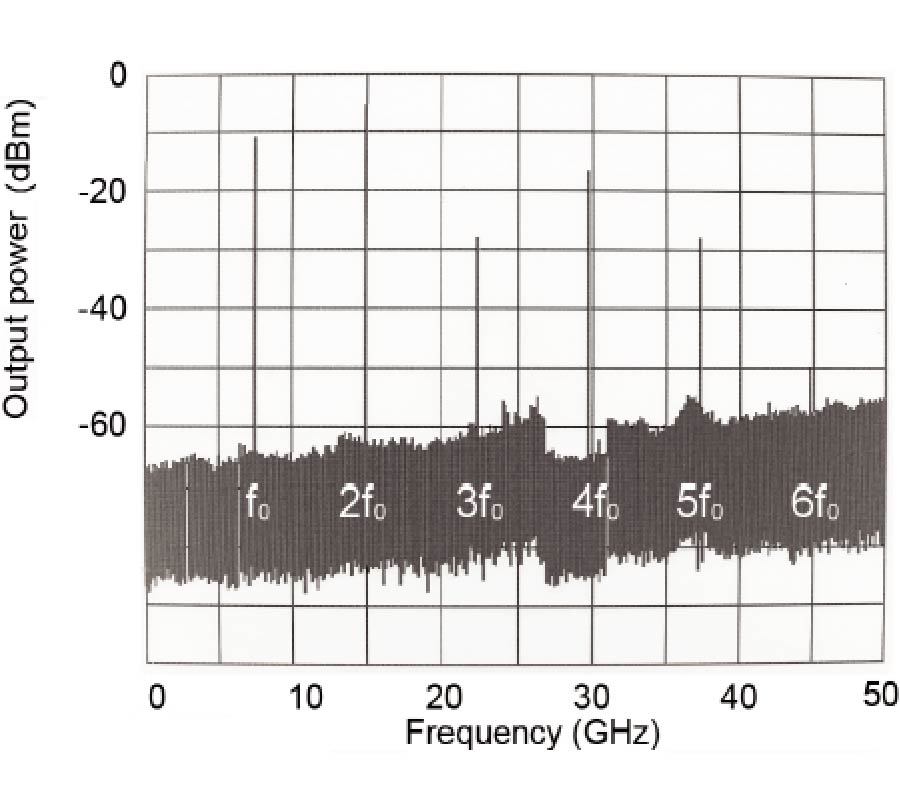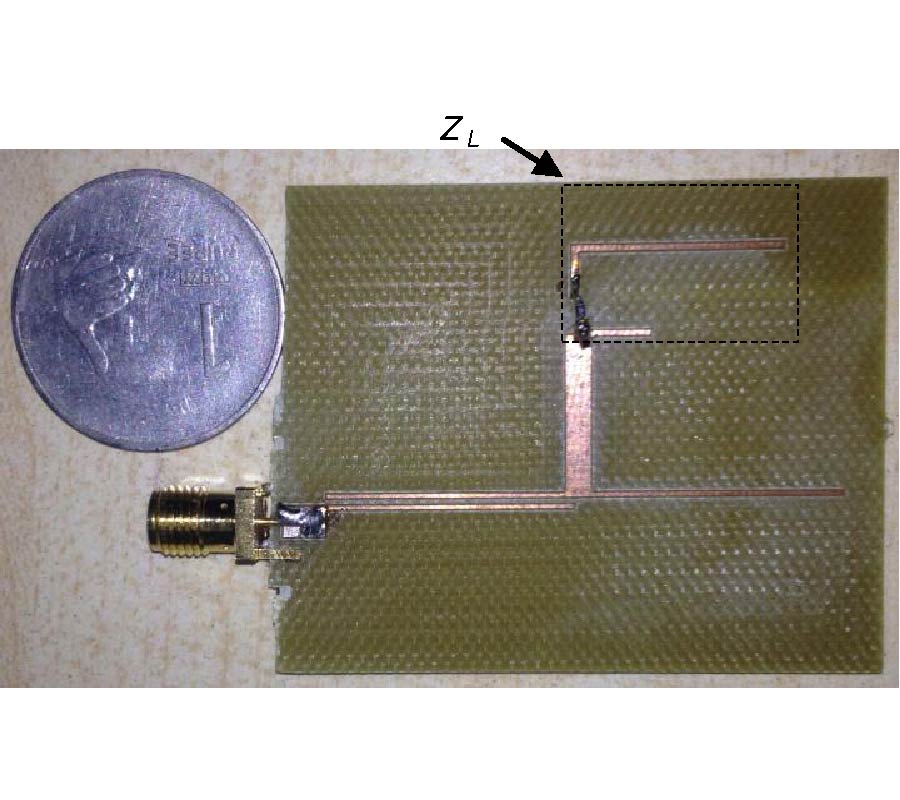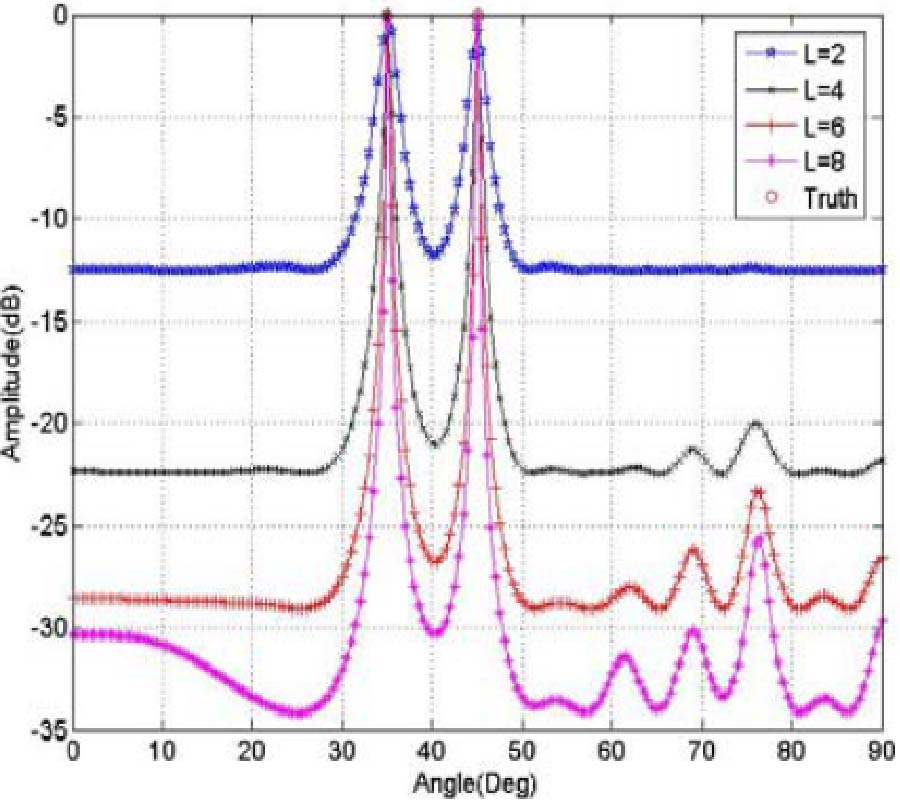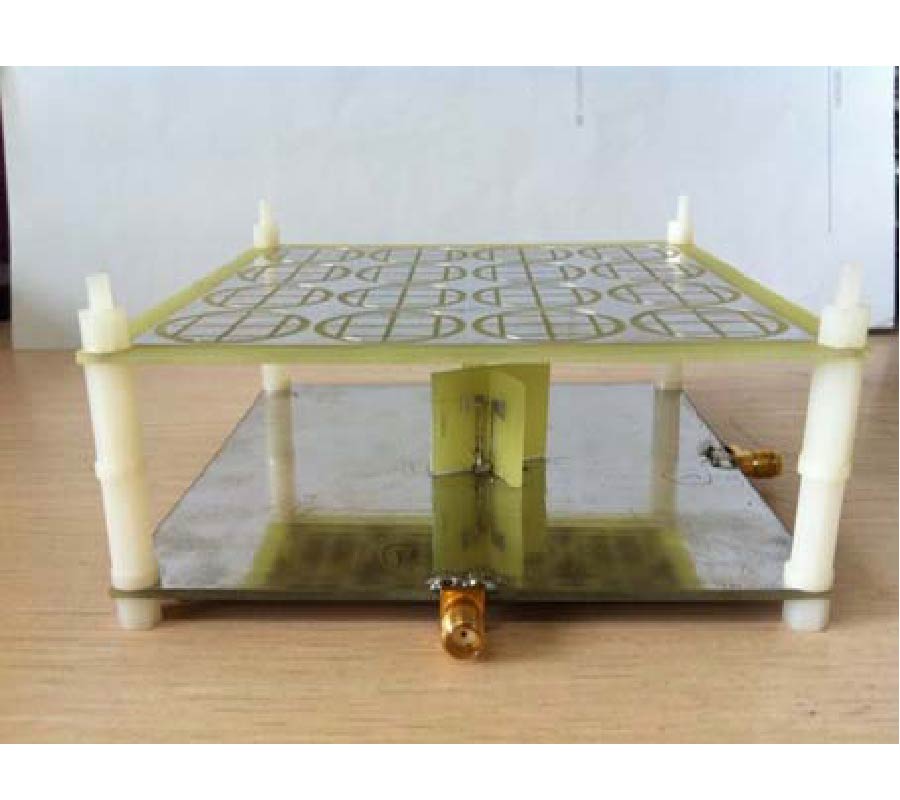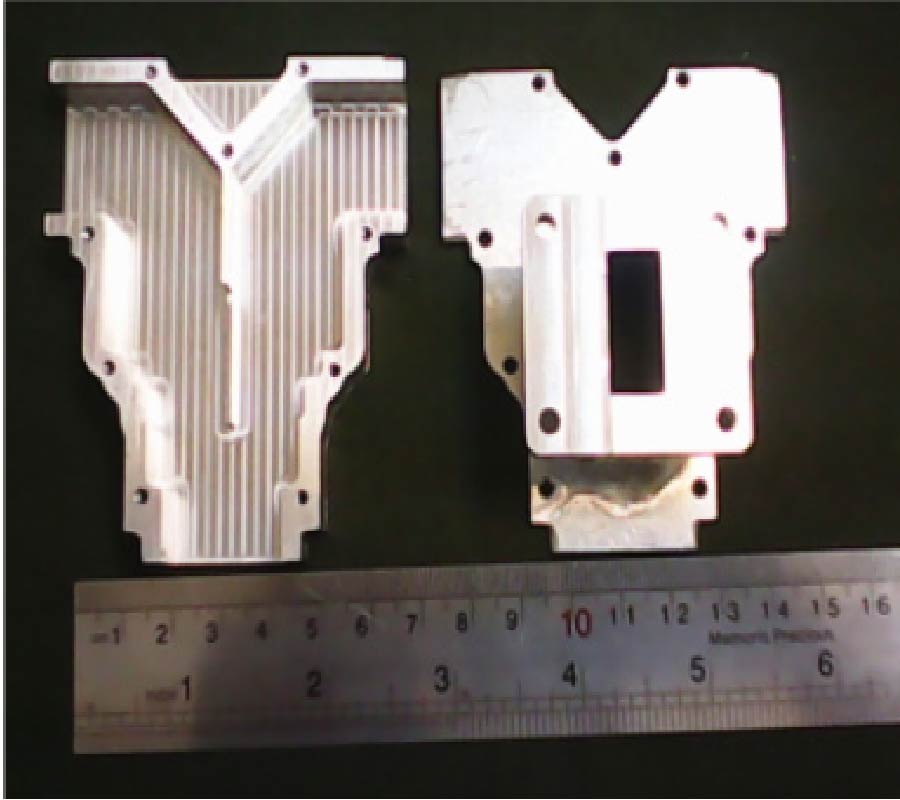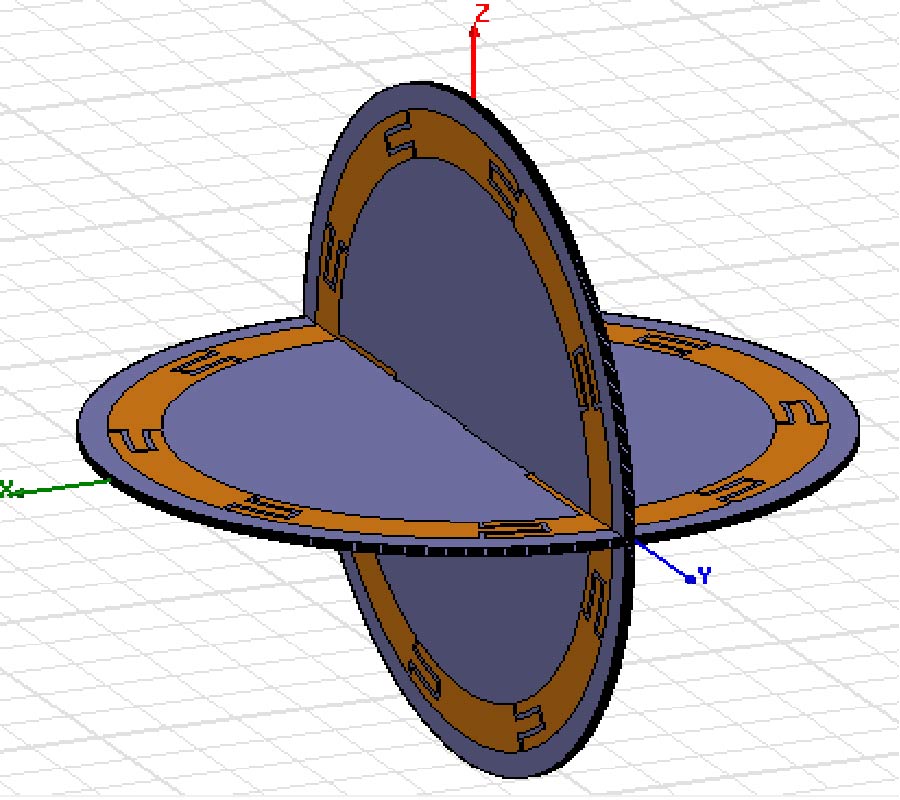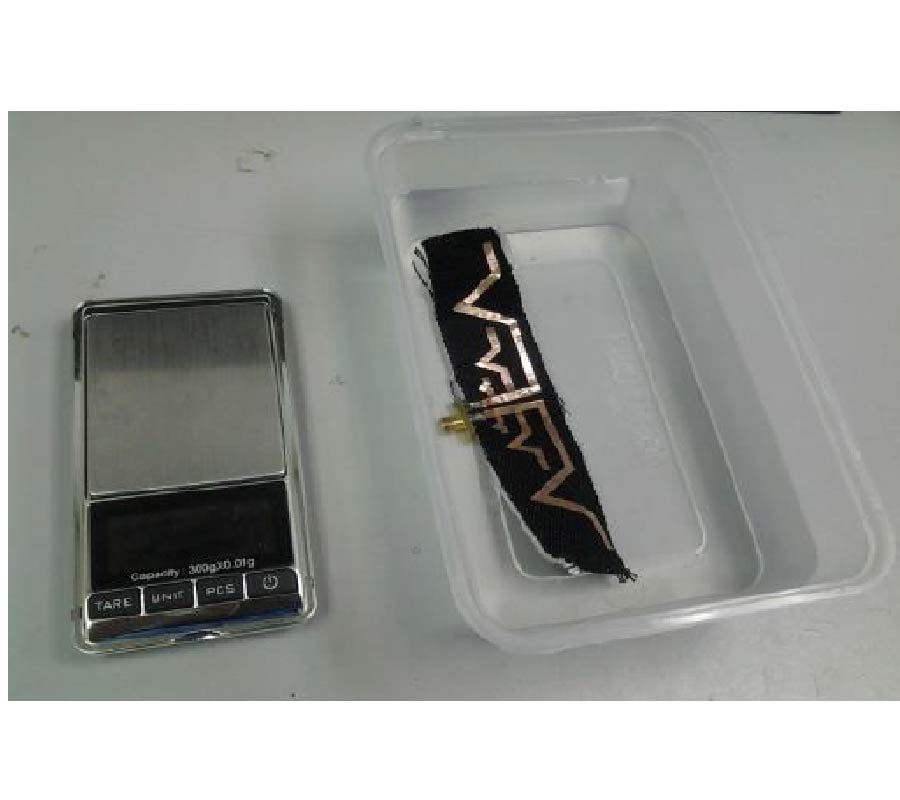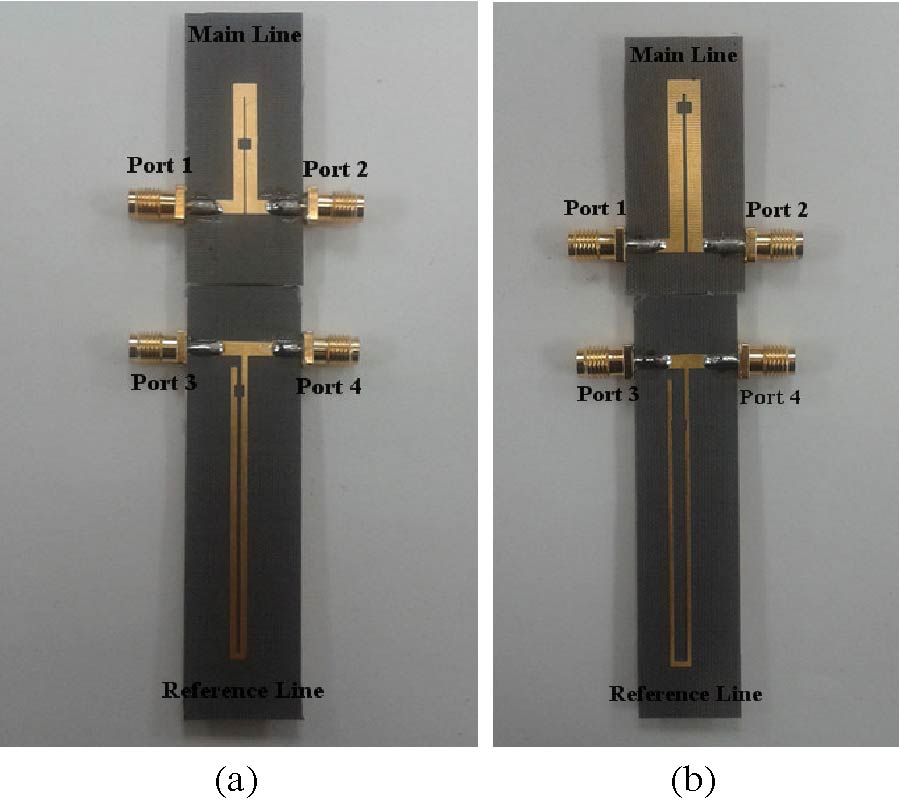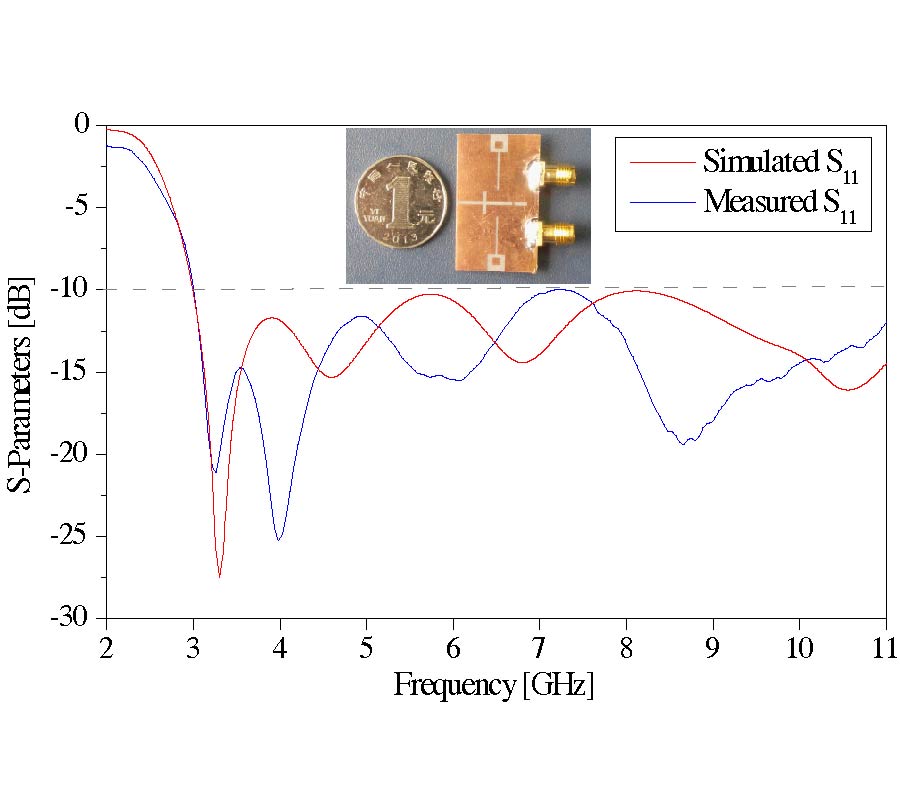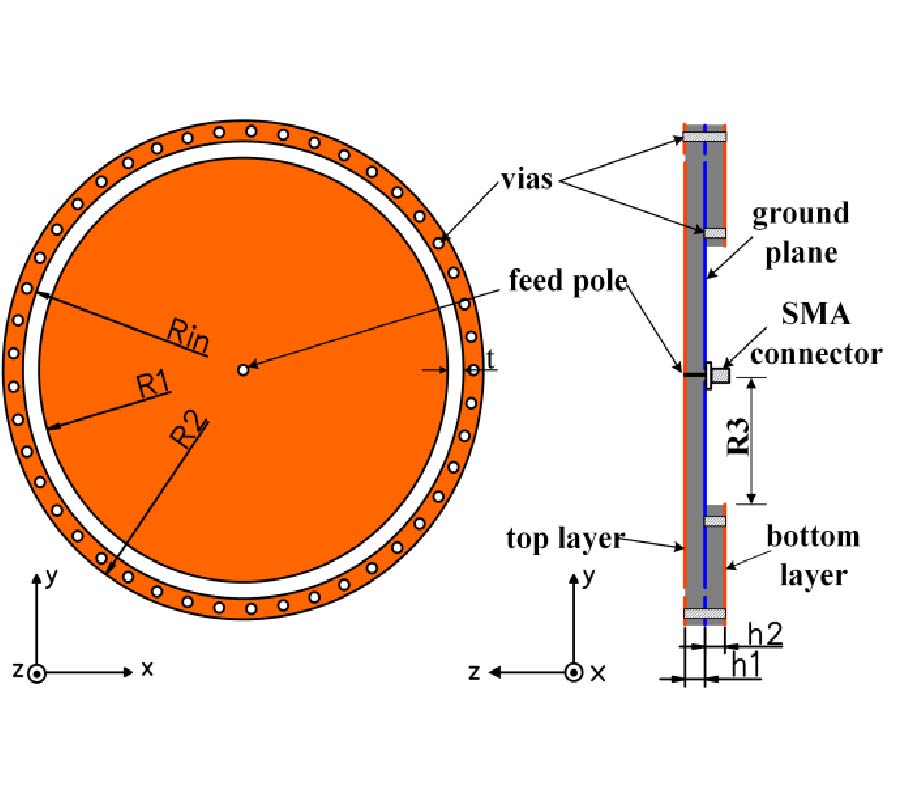Simulation and Implementation of a New X-Band 1:4 Power Divider/Combiner Based on a New Waveguide h-Plane Folded Magic-T
Alaa Aldin Sarhan,
Seyed Hosein Mohseni Armaki,
Homayoon Oraizi,
Nader Ghadimi and
Majid Tayarani
This paper presents the simulation and fabrication of a new power divider/combiner based on a new waveguide H-plane folded magic-T structure. Measurements of the fabricated magic-T confirm the accuracy of the optimization algorithms existing in the CST software (Genetic algorithm, Particle Swarm Optimization algorithm PSO, etc.). The magic-T structure exhibits moderate bandwidth response in the frequency range of 8-10 GHz. Also, it shows that the return loss is better than -15 dB, the insertion loss about -3.4 dB, and the isolation between the two output ports better than -25 dB in the frequency range of 8.4-10 GHz, with good transmission phase characteristics. Based on this magic-T structure, a 1:4 power divider/combiner is simulated and tested. The measured results show that the insertion loss is about -6.5±0.25 dB, the return loss less than -15 dB, the isolation among the output ports less than -25 dB, the combining efficiency about 89%, and the transmission phase differences are about ±2° in the frequency range of 8-10 GHz.
